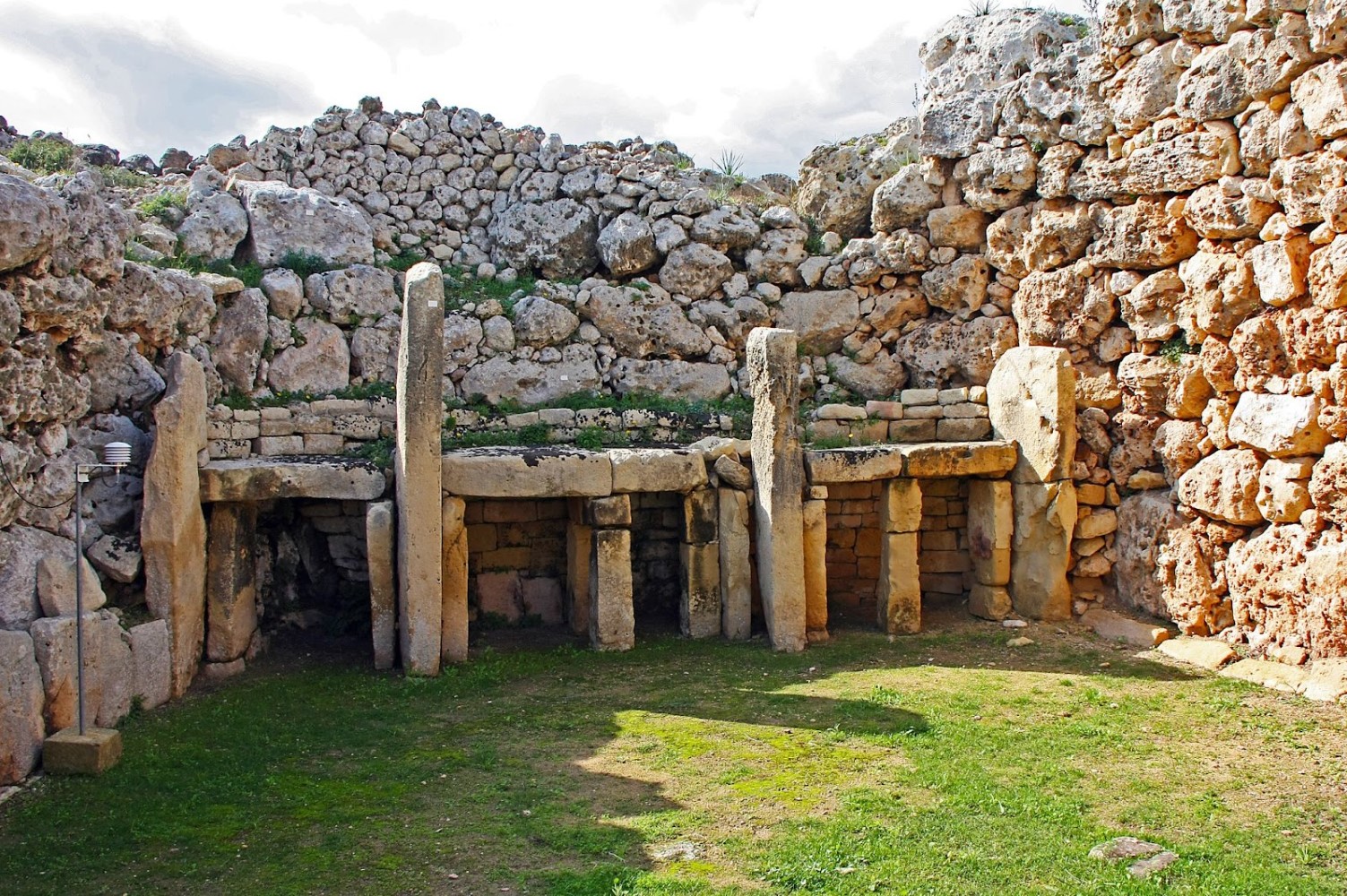One of the ancient world’s most mysterious and fascinating sites is found not in Egypt or Mesoamerica but on the small island of Malta in the Mediterranean Sea. On Malta lies the remains of the Neolithic Ġgantija Temples, an enormous complex consisting of around 30 remaining structures constructed from massive limestone blocks, with some weighing as much as 500 tons.
For centuries, the various complex structures, which are thought to predate the Egyptian pyramids and the standing stones of Stonehenge, have intrigued scholars from around the world due to their size and complexity and their astronomical alignments.
Many of the so-called temples are similar in nature, with an entrance that leads down a passageway before opening up to several chambers. While plenty of archaeological work has been done in the past, researchers are still unsure of what precisely the structures were used for. However, researchers who have been working at the site in Malta have uncovered unique carvings that bear a striking resemblance to the Venus of Willendorf, a small figurine depicting a woman made nearly 30,000 years ago. They have now suggested the temples may have been dedicated to a culture that strongly venerated women.
But some evidence suggests that the site may have been a ceremonial center in which the local population slaughtered animals. Researchers working at the site have unearthed the remains of several animals that appear to have been sacrificed in a ritualistic setting, which could suggest the Ggantija temples held special events throughout the year.
While there are several theories about the original use of the temples, the site’s actual purpose remains up for debate in the archaeological community. As there is no written history, the researchers have to depend on archaeological findings to better understand the region’s history. In this sense, Ġgantija is similar to sites like Stonehenge, which are still not fully understood to this day. However, in recent years, technological advancements have helped researchers further examine the structures, which could help them better understand the mysterious Maltese site.
A 2019 study published in Digital Applications in Archaeology and Cultural Heritage saw researchers use photogrammetry and 3D reconstruction to try and settle an “intense debate” about whether the Ggantija temples had roofs. The study’s lead researcher, Madeline G.P. Robinson, a doctoral student at The University of Sydney, claims she and her team took more than 25,000 pictures of the Hypogeum of Hal Saflieni, one of the main structures at the site.
After uploading all of the images into a specific software program, which Robinson claims “was a stressful three weeks for me,” she eventually concluded that several carved façades suggest there is evidence that the structures once had roofs.
As things stand, a lot more work will need to be completed to truly get to the bottom of the numerous mysteries surrounding the site of Ġgantija. However, with the discovery of images that bear a striking similarity to the Venus figurine of Austria, it is possible that the original builders of Ġgantija were part of a larger culture that existed across mainland Europe.


